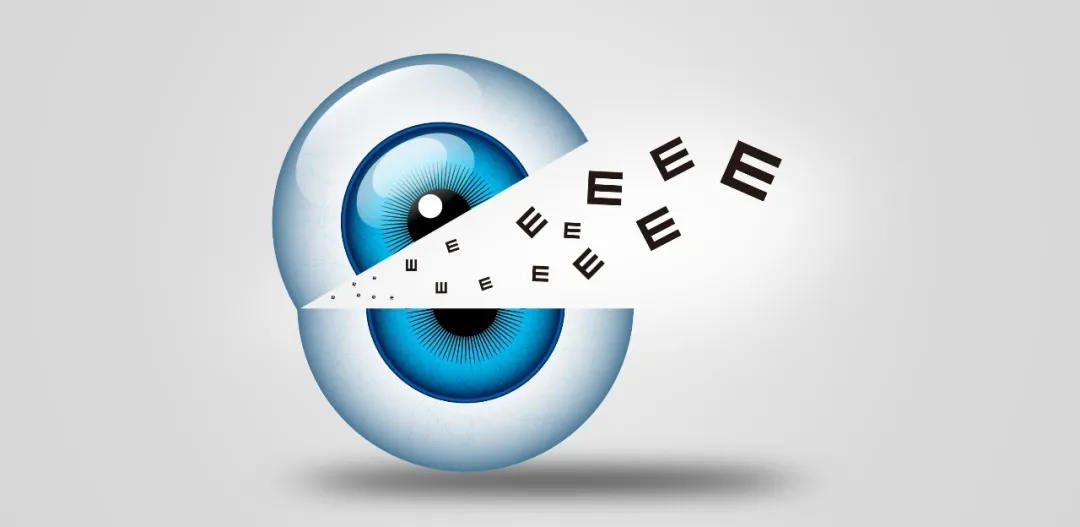● What is cataract?
The eye is like a camera that the lens acts as a camera lens in the eye. When young, the lens is transparent, elastic and zoomable. As a result, distant and near objects can be seen clearly.
With age, when various reasons cause the lens permeability change and metabolic disorders, the lens has the problems of protein denaturation, edema and epithelial hyperplasia. At this moment, the lens used to be clear like jelly will become turbid opaque, namely with the cataract.
No matter whether the opacity of the lens is big or small, affects the vision or not, it can be called cataract.

● Symptoms of cataract
Early symptoms of cataract are usually not obvious, only with mild blurred vision. Patients may mistakenly regard it as presbyopia or eye fatigue, easily to miss diagnosis. After the metaphase, the opacity of the patient's lens and the degree of blurred vision are aggravated, and may have some abnormal sensation such as double strabismus, myopia and glare.
The main symptoms of cataract are as follows:
1. Impaired Vision
The opacity around the lens cannot affect vision; however the opacity in the central part, even if the scope is very small, will seriously affect vision, which causes the phenomenon of blurred vision and visual function decline. When the lens is severely cloudy, vision can be reduced to light perception or even blindness.

2. Reduction of contrast sensitivity
In daily life, the human eye needs to distinguish objects with clear boundaries as well as objects with fuzzy boundaries. The latter kind of resolution is called contrast sensitivity. Cataract patients may not feel obvious visual decline, but the contrast sensitivity is significantly reduced. Visual objects will appear cloudy and fuzzy, causing halo phenomenon.
The picture seen from normal eyes

The picture seen from a senior cataract patient

3. Change with Color Sense
The cloudy lens of cataract patient absorbs more blue light, which makes eye less sensitive to the colors. Changes in the nucleus color of the lens also effect color vision, with a loss of vividness of colors (especially blues and greens) during the day. So the cataract patients see a different picture from normal people.
The picture seen from normal eyes

The picture seen from a senior cataract patient

● How to protect from and treat the cataract?
Cataract is a common and frequently-occurring disease in ophthalmology. The main treatment for cataract is surgery.
Early senile cataract patients do not have a great impact on the life of the patient's vision, generally the treatment is unnecessary. They can control the rate of progress through eye medicine, and the patients with refractive changes need to wear appropriate glasses to improve vision.
When the cataract becomes worse and the poor vision seriously affects daily life, it is necessarily to have the surgery. Experts point out that postoperative vision is unstable in the convalescence period within 1 month. Generally the patients need to do optometry examination 3 months after the surgery. If necessary, wear a pair of glasses (myopia or reading glass) to adjust the far or near vision, so as to achieve better visual effect.
Universe Lens can prevent from the ophthalmic diseases, more info pls visit: https://www.universeoptical.com/blue-cut/




